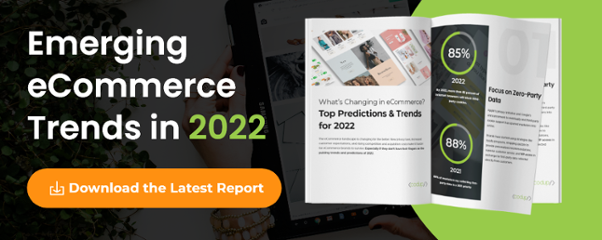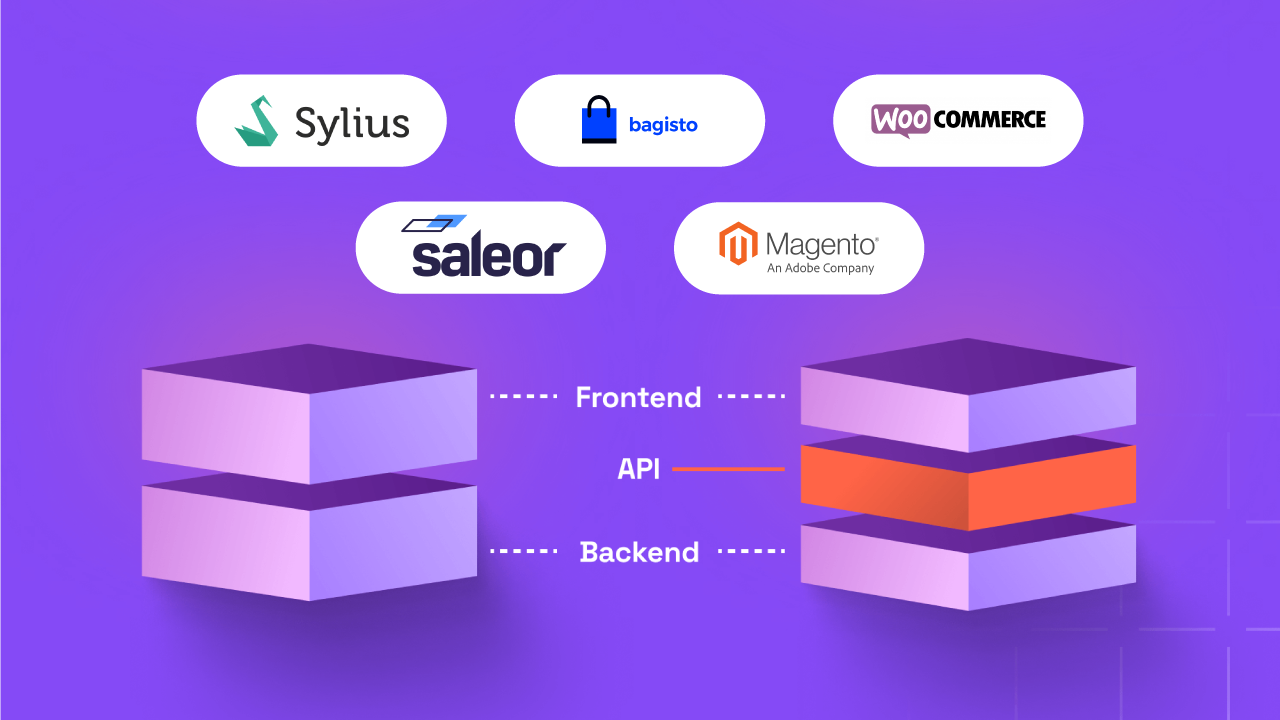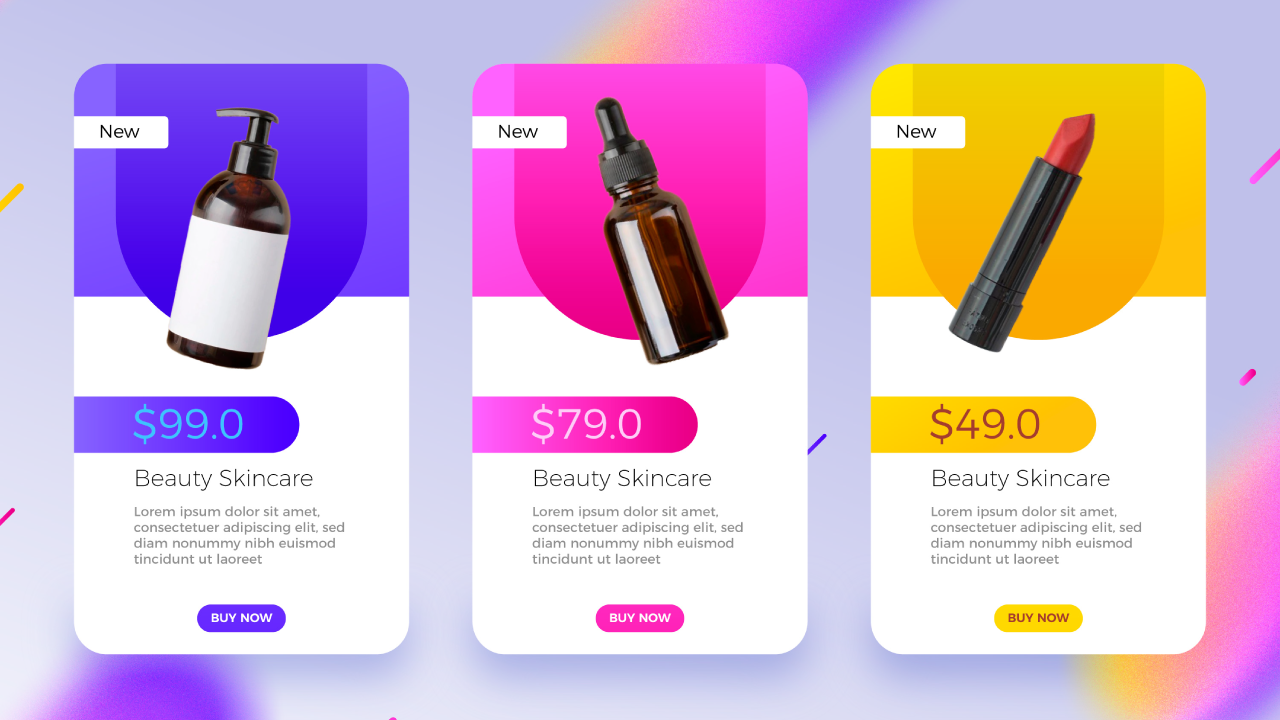15 Ways to Improve B2B Ecommerce Conversion Rates

Besides the obvious professionalism in B2B, there isn’t much of a difference selling B2C or B2B. Both ways, you’re selling to a consumer, albeit with different tastes.
Business selling is not just limited to a single consumer, but in fact, consumer groups. Since there are many decision makers involved, the sales processes can become prolonged and quite complex. This, however, doesn’t mean that you can’t be smart about what you’re trying to sell.
How you convert business visitors into customers on your website matters a lot. In this post, we’ll be discussing the fifteen ways you improve your B2B conversion rates.
So, let’s start.
1. Value-Laden Lead Magnets
Lead magnets are free products or services that users can avail in exchange for giving away their contact information. They’re an effective method to gain sales leads for a business.
In order to achieve the most value from your lead magnets, you need to create something that can provide some benefit to the end-user. This could include infographics, a free webinar, a whitepaper, an eBook, and more.
Whatever method you choose, make sure it adds value.
Only when you’ve done that can you expect your websites to give out their contact information to the user.
If you’re already using lead magnets, make sure that besides adding value to the internal content, make sure the Lead Magnet copy is written to be persuasive to the customer.
2. Optimize Articles
Your existing content is a goldmine of opportunity if you haven’t optimized it as of yet.
In order to gain leads from your content, you need to optimize it. This could involve anything from including the right keywords, organizing your headings, form integrations, and even adding a CTA to your website.
Check into your Search Console to see which content needs to be optimized.
3. Highlight Testimonials
To get the customer sold entirely on what you’re offering, you need to show them testimonials from customers who have already purchased from your store.
Ideally, you should distribute your testimonials all across the website.
This ensures that whenever a user goes to a particular page on your website, they’re greeted with a customized testimonial aimed at conversions.
4. Focus on Education Rather Than Selling
The primary aim of Google is to provide people with answers to the information they’re looking for.
Now, if people are coming to your site, it’s obvious they’re looking for answers. The way you address visitor’s queries, therefore is of prime importance.
You see, there is a difference between showcasing product knowledge and explaining something to the reader.
Without showing off too much of your writing prowess, make sure your informational content is tailored to meet user needs.
The main goal of your article is to get the message across in a sympathetic manner.
5. Retarget Your Customers
You’re doing everything right. You’ve applied all the digital marketing strategies and are still facing problems in converting leads, then maybe you should start looking at customer retargeting.
You see, out of the entire population entering your website at any given moment, only 1% are going to purchase, while 5% of them will exit the funnel after downloading a lead magnet.
Now, some of them can be uncertain about the purchase, or don’t purchase for some other reason. However, if they’ve provided you with such contact information, then you should definitely retarget them.
Retargeting is one of the best methods to bring back customers who otherwise, would not have purchased from your store.
While it does require some effort, investing in retargeting can improve your conversion rates by a significant margin.
6. Keep Your Forms Simple
Forms, whether online or offline, are the best when they’re short and sweet!
The form is the most delicate place both within your web page, and within your customer journey.
Once a user clicks on a CTA, it’s usually followed by a web form.
Nobody likes to fill out prolonged forms. If you have such a form, then chances are, people are going to exit your website if they feel that it’s taking too much of their time.
The shorter forms you have, the more likely you are to convert your customers.
But wait, you want user information, but also want to make it short as possible. Where are you going to draw the line?
Well, the ideal solution is to use either a short form and then ask for more information later.
In addition, you can also use a carousel form with a progress bar that shows the customer how much of the form has been filled.
7. Site Speed Optimization
Before a user accesses your website, they first search for a question or query through Google.
Once they access your site, and it doesn’t load on an average of 3 seconds, they’re going to exit.
Site speed matters a lot. Cited by Google itself, 53% of users bounce off a website if it doesn’t load in time.
There are plenty of ways you can measure the speed of your website. Google PageSpeedInsights, and GTMetrix are two good site speed tools that provide you suggestions as to how you should go about speeding up your website.
When you optimize your website for speed, not only does your website improve in functionality, but so do your conversion rates.
8. Using CTA’s Effectively
With the right Call to Action (CTA) buttons placed at the right locations, you can track customer behavior and conversion rates more effectively.
With every content piece, you should have a CTA related to it. Say you’re selling a variety of different services. As such you should have a variety of CTA buttons related to that content.
Besides the organization, you should also ensure that your CTAs are visible, copywritten to be persuasive, and beyond everything, provide users with a reason to click and convert.
9. Using Webinars
Webinars are effective in gaining leads that are interested in your products.
Why else would someone spend 30 minutes watching a webinar if they weren’t interested in your product?
Webinars are highly useful in maintaining relationships, and gaining interested leads to your brand. As such, it’s one of the best branding tools out there.
The main premise of webinars is that they promise high value content to users who sign up. It’s a great way for companies to build their email list while also getting more conversions to the store.
You don’t have to invest in too big a set up for webinars. With an adequate mic and some good presentation skills, you can provide so much value for your business process.
10. Lead Nurturing
There is a hot lead and there is a cold lead. The former is one that’s very interested while the latter is the exact opposite of that. While the first is already sold on your product, you need to nurture the other one.
Lead nurturing is a methodical process of dividing up your leads on the basis of their interest. The hotter ones are sent to sales people while those who are reluctant to buy are then targeted with more sales material.
Besides being convenient for your sales staff, it is also very effective in gaining accurate data on customers. This ultimately ensures that the buying cycles are a lot faster and organized.
11. Business Case Studies
Business case studies are highly effective in not only branding efforts and legitimacy, but also as lead generation tools.
When the customer onboarding process is almost finished and sales personnel are ready to close, you can offer business case studies to cement their trust in your company.
If the number of leads present on your site are a lot, then you can always automate the way case studies are displayed.
Now, you can skip this process since the sales are ready to be closed, but where’s the creativity in that? These additional displays of your brands show that your brand cares about the company and is willing to go the extra mile for the customer.
12. Video Content
There is an endless amount of content present on the web. So much so, that it’s now hard to compete in the market,
Even though Google and other search engines reward quality content, it can be quite tough to get your name out there with all the big brands already dominating the market.
What can you do, then, to stand out?
Well, we’ve already mentioned that webinar content is a good tool to use in order to get quality leads on your website. Video content, therefore, is the future of content marketing.
With the rise of platforms like YouTube, where 500 hours of content is being shared per minute, investing in video content beforehand can help you gain the competitive edge.
13. White Papers
Beyond your regular eBooks and PDFs displayed on the site as lead magnets, you have White Papers.
A research document at its core, White Papers go beyond the regular eBook content by elaborating on industry research and detailed discussions of issues prevalent in the industry.
If you’re looking to be an industry thought leader, then White Papers are your best friend.
White papers provide you with the opportunity to showcase your industry knowledge.
In addition to that, it’s also a good lead generation tool. Why wouldn’t it be? When you dispense so much knowledge, it ultimately establishes your name as a thought leader which just adds to your legitimacy. People are going to naturally get attracted to you.
14. Onboarding
When the user has already converted, is there anything more that you can do?
Well, turns out, the sky’s the limit on how much of loyalty you can gain when you’ve successfully converted a lead.
You see, if a customer purchases a single product or service from your store, it’s essential that their next purchase is from your store as well.
This is the holy grail of customer relationships, and ensures that all your customers are recurrent and purchase solely from you.
When implemented correctly, this Conversion Rate Optimization strategy can help build long-term relationships with businesses.
15. Ambassador Programs
Following up from the previous step, what if you add so much value to your offerings and onboarding process that you get customers to vouch for you?
It’s hard, we know but it’s very much doable and can result in customers bringing in more customers as ambassadors.
If you’re adding value to your products/services, then without a doubt, customers are going to vouch for you.
Conclusion
While these fifteen steps are your gateway to improving conversion rates, you shouldn’t limit yourself. Think of new and innovative ways you can convert customers and apply them to your store.
A/B test enough times and you’ll have a recipe that can give you supreme conversions to your store.
Read Also




